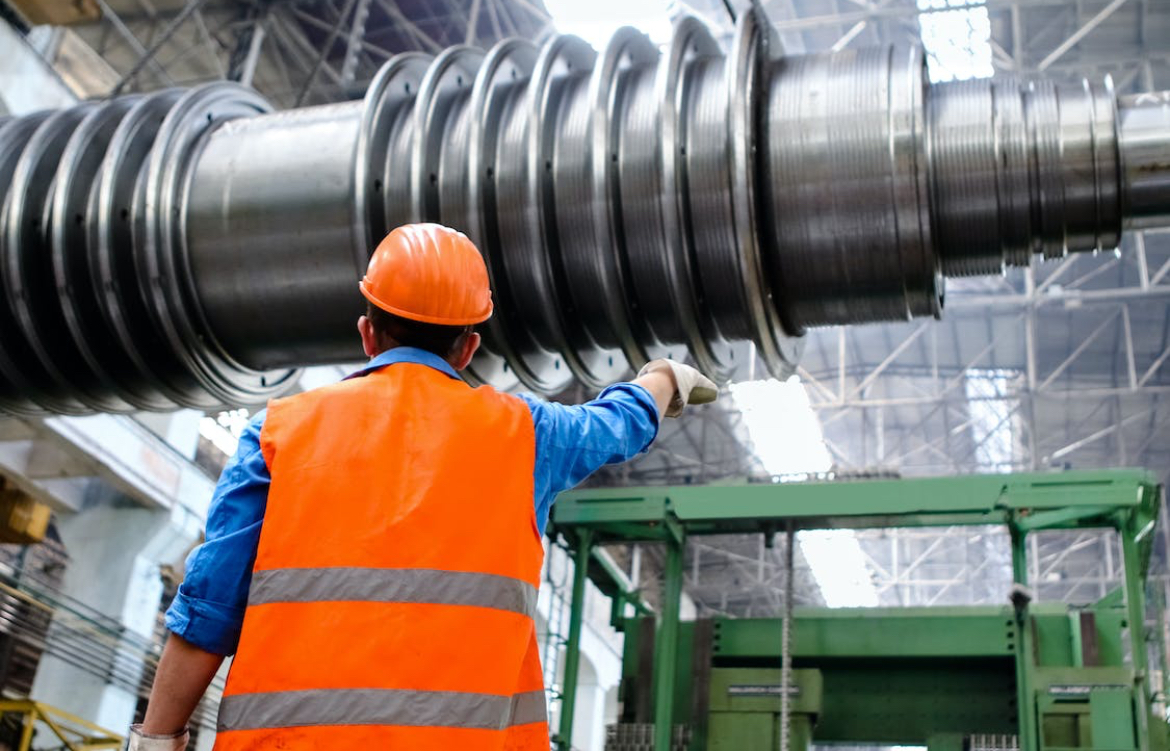In today’s risky industrial settings, it’s easy to overlook potential health threats. However, recognising and addressing these hazards head-on is crucial for the overall safety and well-being of the workers.
As a worker, whether you’re navigating heavy machinery, handling chemicals, or working in confined spaces, your safety is a top priority. Irrespective of the industry and precautionary measures in place, you remain susceptible to health risks that can significantly impact every aspect of your well-being. By understanding these risks, you can contribute to your safety as well as the overall productivity of your workplace.
This article aims to equip you with essential knowledge of common industrial health hazards and how you can effectively deal with them.
Fire Incidents
Fire incidents present a critical hazard in industrial settings, as evidenced by statistics. In 2022, non-residential structure fires reached the mark of 140,000. These fires caused an estimated 150 civilian fire deaths and 1,400 civilian injuries, according to the National Fire Protection Association.
Preventing fire incidents requires a meticulous approach. Implementing fire safety drills ensures that all personnel are well-versed in evacuation procedures. This, in turn, contributes to a swift and organized response in case of an emergency.
Furthermore, fostering a culture of awareness and responsibility among employees is paramount. Encourage reporting of potential fire hazards promptly, enabling quick intervention. Establish designated fire exits and ensure they are unobstructed. By adhering to these measures, you significantly reduce the likelihood of fire incidents and contribute to a safer industrial environment.
Additionally, industries commonly utilise firefighting equipment and extinguishers to control and address industrial fires. However, these fire extinguishers can, at times, lead to adverse consequences. TruLaw reports that Aqueous Film Forming Foam (AFFF), employed by various industries, has been associated with different types of severe health complications.
In response to these health concerns, affected individuals and workers are adopting a firm legal position. Assisted by legal professionals, they are currently filing an AFFF lawsuit to pursue fair compensation and recover from the damages incurred. These legal actions also strive to raise awareness, advocating for a reduction in the use of AFFF to ultimately preserve lives.
Chemical Exposure Risks
Exposure to chemicals poses a significant health risk in various industrial settings. Hazardous substances in the workplace can lead to different types of health problems. These risks demand your vigilant attention and urgent measures.
To mitigate chemical exposure, start by familiarizing yourself with the safety data sheets (SDS) for the substances you handle. Always wear the appropriate personal protective equipment (PPE), such as gloves and goggles, as a crucial defense against potential harm. Implementing proper ventilation systems in work areas further reduces the concentration of harmful fumes, minimizing the chances of inhalation.
Regular training on safe handling procedures is essential. Ensure you are aware of emergency protocols, including the location and proper use of emergency eyewash stations and showers. Additionally, establish a routine for inspecting and maintaining safety equipment to guarantee its effectiveness.
The U.S. government is promptly responding to tackle the problem directly, responding to the recent surge in chemical incidents. Government agencies consistently oversee these locations to ensure compliance with regulations set by the U.S. Environmental Protection Agency (EPA).
In the fiscal year 2023, the EPA increased on-site inspections by around 7%, reaching the peak level since FY 2017. Such initiatives are indicative of the government’s focus on the health of industrial workers.
Respiratory Issues in High-Risk Environments
Working in risky environments exposes you to respiratory issues, a prevalent concern in various industrial settings. Inhaling airborne particles and pollutants can lead to respiratory discomfort and long-term health complications.
According to the American Lung Association, workers exposed to extreme environments may develop various occupational lung diseases.
These include:
● Silicosis: It results from inhaling minute particles of silica, a mineral present in sand, quartz, and various types of rock. It predominantly affects individuals in occupations like construction and mining, where exposure to silica dust is common.
● Coccidioidomycosis or Valley fever: It arises from inhaling spores of the fungus Coccidioides found in soil. Those at risk include workers exposed to dust storms or involved in activities disturbing contaminated soil, such as construction or farming.
● Hypersensitive pneumonitis: It occurs when individuals breathe in specific substances (allergens) triggering allergic reactions. Varieties like farmer’s lung and bird fancier’s lung are specific conditions associated with exposure to particular allergens.
● Histoplasmosis: It develops from inhaling fungal spores in soil contaminated by bird or bat droppings. Occupations like farming, pest control, poultry keeping, construction, and landscaping may expose workers to these spores.
To combat respiratory challenges, prioritize the use of personal protective equipment (PPE) like respirators in dusty environments. Implement proper ventilation systems to reduce the concentration of airborne particles, enhancing air quality in workspaces.
Addressing specific allergens causing hypersensitive pneumonitis requires identifying and minimizing exposure. Workers should stay informed about potential allergens in their work environment, and employers can enhance safety by implementing preventive measures. By adopting these approaches, workers can minimize the risk of respiratory issues in occupational settings.
Noise-Related Health Hazards
Hearing loss is widespread globally, especially in high-noise industrial workplaces. Even brief exposure to very loud noise can cause temporary or permanent damage to workers’ inner ears. This condition commonly occurs in environments where noise levels surpass 85 dB(A).
Protecting yourself from these risks involves proactive measures. Regularly undergo hearing screenings to monitor any potential changes and address concerns promptly, ensuring early intervention in case of developing issues.
Employers play a crucial role in minimizing noise-related health risks. Implement engineering controls like soundproof barriers or enclosures around noisy equipment to reduce workplace noise levels. Establishing designated quiet areas allows workers to take breaks and mitigate the cumulative impact of prolonged exposure.
By prioritising these solutions, both employers and workers contribute to a safer and healthier industrial work environment.
In conclusion, your well-being in the industrial landscape matters, and being aware of common health hazards is the first step towards a safer workplace. Whether it’s mitigating chemical exposure or preventing fire incidents, swift measures are essential.
By implementing practical solutions, you play a crucial role in creating a healthier and secure working environment. Your safety is paramount, and with the right knowledge and actions, you can navigate your industrial duties with confidence and resilience.
If you like our content, join us in helping to bring reality and decency back by SUBSCRIBING to our Youtube channel: https://www.youtube.com/channel/UCQ1Ll1ylCg8U19AhNl-NoTg AND SUPPORTING US where you can: Award Winning Independent Citizen Media Needs Your Help. PLEASE SUPPORT US FOR JUST £2 A MONTH https://dorseteye.com/donate/












